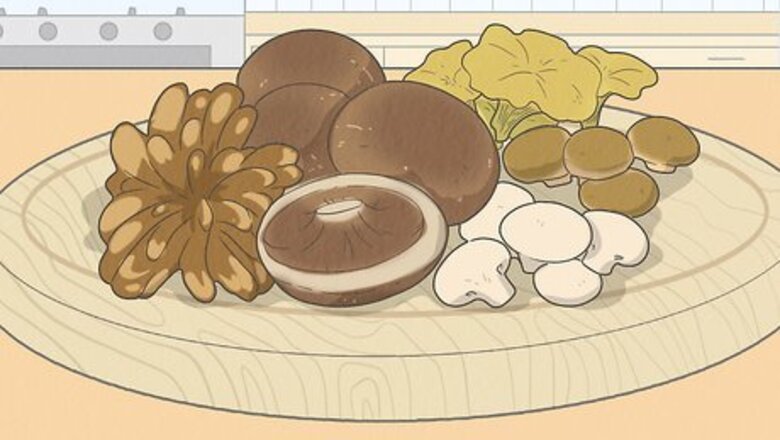
views
X
Trustworthy Source
Cleveland Clinic
Educational website from one of the world's leading hospitals
Go to source
Unfortunately, since most foods containing vitamin D are animal products, it can be hard to get enough vitamin D with a vegan diet. The good news is that there are plenty of vegan-friendly sources of vitamin D out there, including mushrooms, fortified foods, supplements, and good, old-fashioned sunshine! Talk to your doctor about how much vitamin D you need every day and the best way to get it.
Eating Vitamin D-rich Foods

Eat a diet rich in mushrooms. Mushrooms are one of the few natural sources of vitamin D that are not animal-based. To get plenty of vitamin D from your diet, load up on tasty shrooms! You can incorporate them into soups, salads, and stir-fries. Some good options include maitake, portobello, button, chestnut, and chanterelle mushrooms. Maitake mushrooms are especially rich in vitamin D, with a whopping 786 IU in 1 cup (75 g)! Just like humans, mushrooms produce more vitamin D when they’re exposed to sunlight. Set your fresh mushrooms out in the sun for as little as 15 minutes before you eat them to give them a vitamin D boost. Many of the mushrooms you buy in the store have already been exposed to UV light to stimulate vitamin D production. Once it’s produced, this vitamin D tends to stay in the mushroom’s flesh for its entire shelf life (about 2 weeks).
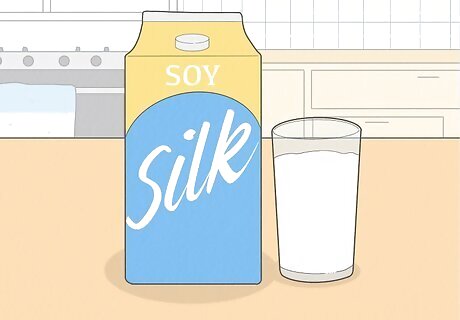
Boost your vitamin D intake with fortified plant milks. Fortified vegan dairy alternatives, such as soy milk or yogurt, are a great source of vitamin D. These products are usually made with vitamin D2, which is plant-based and vegan-friendly. However, always check the label to make sure. Some good fortified plant milks that are vegan-friendly and high in vitamin D include So Delicious Cashew Milk, Silk Soymilk, and Ripple Pea Milk.
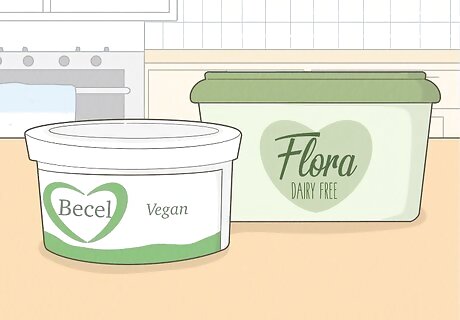
Look for vitamin D fortified vegan spreads. Next time you have a slice of toast, top it off with a vitamin D fortified margarine or vegetable oil spread. Check the label carefully to make sure it’s vegan-friendly, since some fortified spreads contain vitamin D derived from animal sources. Unfortunately, many strictly vegan spreads do not contain vitamin D, although there are plenty of vegetarian spreads with vitamin D derived from lanolin (found in sheep’s wool). If you’re concerned about avoiding vitamin D3, check the label carefully. Some good vegan options include Becel Vegan (available in Canada) and Flora Freedom Spread (available in the U.K.).
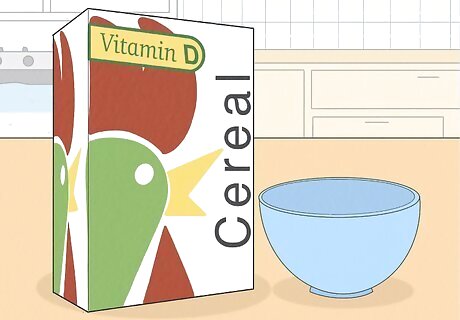
Add fortified breakfast cereals to your diet. Cereals fortified with vitamin D are a tasty and nutritious way to supplement your diet. Just check the label to make sure that your cereal contains vitamin D2 (which is always plant-derived) or other plant-based forms of vitamin D. Even if your cereal contains vitamin D3, which is usually derived from the waxy lanolin in sheep’s wool, it is likely plant- or algae-based if the box is labeled “vegan.” Unfortunately, most fortified cereals use lanolin-sourced vitamin D3.
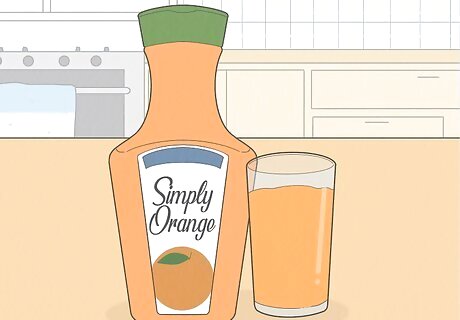
Drink vitamin D fortified fruit juices. Look for fresh fruit juices fortified with vitamin D and calcium, such as fortified orange juice. These 2 micronutrients work best when they’re combined together, since vitamin D promotes better calcium absorption! If you’re concerned about consuming vitamin D from lanolin or fish oil, check the label to make sure the juice is labeled “vegan” or specifies that the vitamin D is from plant sources.
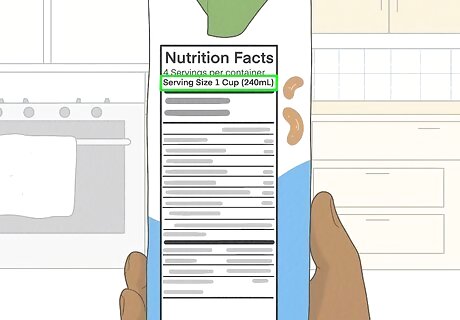
Read the label to find the amount of vitamin D per serving. If you’re getting your vitamin D mainly from food sources, it’s a good idea to keep track of how much you’re getting. Check the nutrition facts label to find out how much of the recommended daily value is in each serving. Most adults need at least 600 IU, or 15 mcg, per day. For example, an 8 fl oz (240 mL) glass of So Delicious Cashew Milk contains 140 IU of vitamin D. That’s a little under 1/4 of the adult daily recommended amount.
Finding Vegan-Friendly Supplements
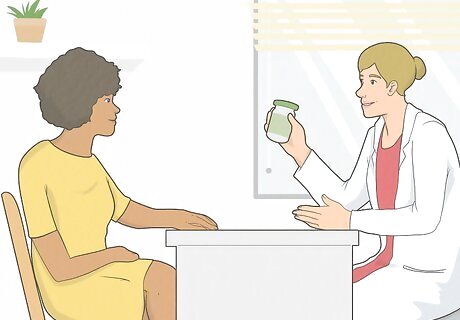
Ask your doctor to recommend an appropriate daily dose for you. Before you try taking vitamin D supplements, talk to your doctor. The amount of vitamin D you need depends on factors like your diet and whether you have a deficiency. Your doctor can work with you to determine whether you need a supplement and, if so, what the dose should be. Your doctor might want to do blood tests to determine whether you have a vitamin D deficiency. They can then recommend an appropriate dose based on the tests. For example, if you’re deficient, they might recommend a relatively high dose of 5,000 IU per day. Avoid taking ultra-high doses of vitamin D unless your doctor recommends it. Taking more than 10,000 IU per day could be harmful to your health.
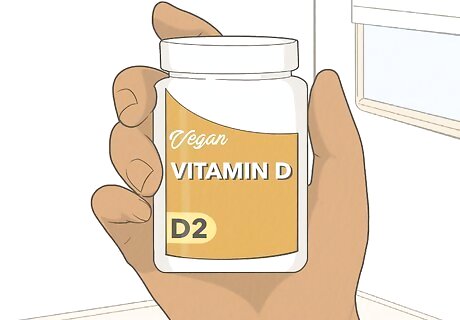
Check for vitamins labeled “vegan” or “plant-based.” Many vitamin D supplements, especially vitamin D3, are derived from animal sources, such as lanolin or fish oil. Fortunately, there are several vegan-friendly vitamin D supplements on the market. Look for options with “vegan” on the label. Some vegan-friendly vitamin D supplements include Deva Vegan Vitamin D2, Veg Life Supreme Vegan D2, and Freeda Vitamin D2. Some studies show that the human body may metabolize vitamin D3 better than vitamin D2. If your doctor recommends taking vitamin D3, look for supplements derived from non-animal sources, like lichen or algae.
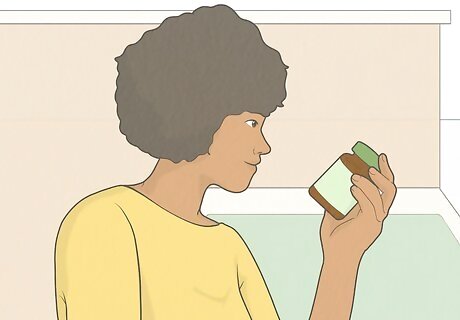
Look for third-party verified supplements to ensure high quality. If you live in the U.S., vitamins and supplements aren’t regulated by the Food and Drug Administration. That means that unscrupulous manufacturers will sometimes label their products in misleading ways. Ensure that you’re getting a good-quality supplement by checking for a seal from a third-party testing lab. Look for a label from ConsumerLab, NSF, UL, or USP. You can also get recommendations from a doctor or nutritionist.
Getting Safe Sun Exposure
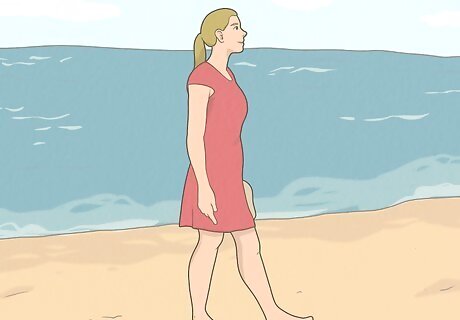
Limit your unprotected sun exposure to no more than 10-15 minutes a day. Vitamin D is sometimes called the “sunshine vitamin.” This is because getting a little sunshine for a few minutes a day encourages your body to make its own vitamin D. If you want to get vitamin D from sunlight, go outside 2-3 times a week for no more than 10-15 minutes during the middle of the day and let the sun shine on your bare arms and legs. However, keep in mind that even this limited amount of sun exposure can potentially damage your skin and put you at risk of developing skin cancer. Talk you your doctor about the risks and benefits of getting vitamin D from sunlight. Depending on how fair you are, you might start to burn after just a few minutes of sun exposure. Avoid staying out in the sun long enough to start burning or turning red.
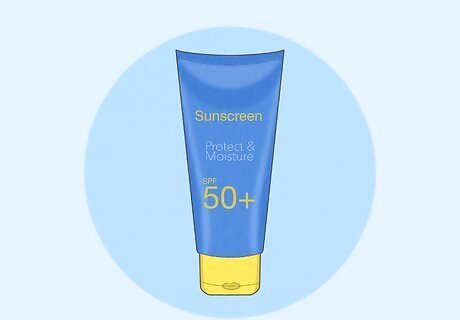
Put on sunscreen if you’re spending more time in the sun. If you’re going to be out in the sun for more than a few minutes, put on some broad-spectrum sunscreen with an SPF of at least 15. Ideally, you should also protect your skin and eyes with protective items like a hat, sunglasses, and clothing that covers most of your skin. While sunscreen will limit the amount of vitamin D your body can make from sunlight, it will also protect you from skin damage, premature aging, and skin cancer.
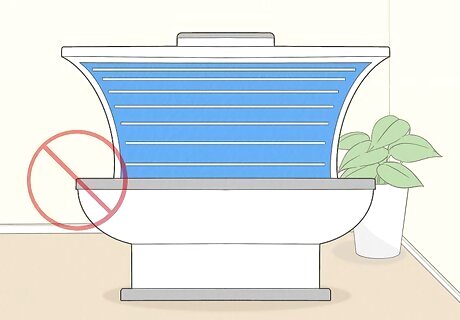
Avoid tanning beds to reduce your risk of skin cancer. If you’re looking to get vitamin D from UV light, skip the tanning salon. Not only do tanning beds increase your chance of developing skin cancer, but they also expose you to the wrong part of the UV light spectrum for producing vitamin D! The human body needs UVB radiation to produce vitamin D, while tanning beds mostly give off UVA light.
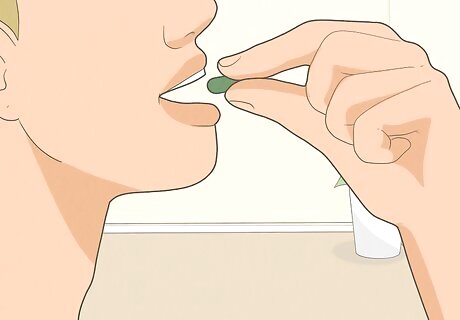
Get vitamin D from alternative sources to avoid sun damage. While some health professionals advocate boosting your vitamin D levels with a little bit of sunlight, others say it’s not worth the risk. If your doctor or dermatologist thinks you may be at high risk of developing skin cancer, consider skipping the sunbathing completely and getting your vitamin D from other sources. Some people are more at risk of developing skin cancer than others. Your doctor may recommend staying out of the sun if you have fair skin, lots of moles, a weakened immune system, or a family history of skin cancer.














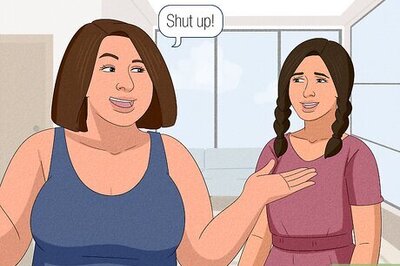





Comments
0 comment